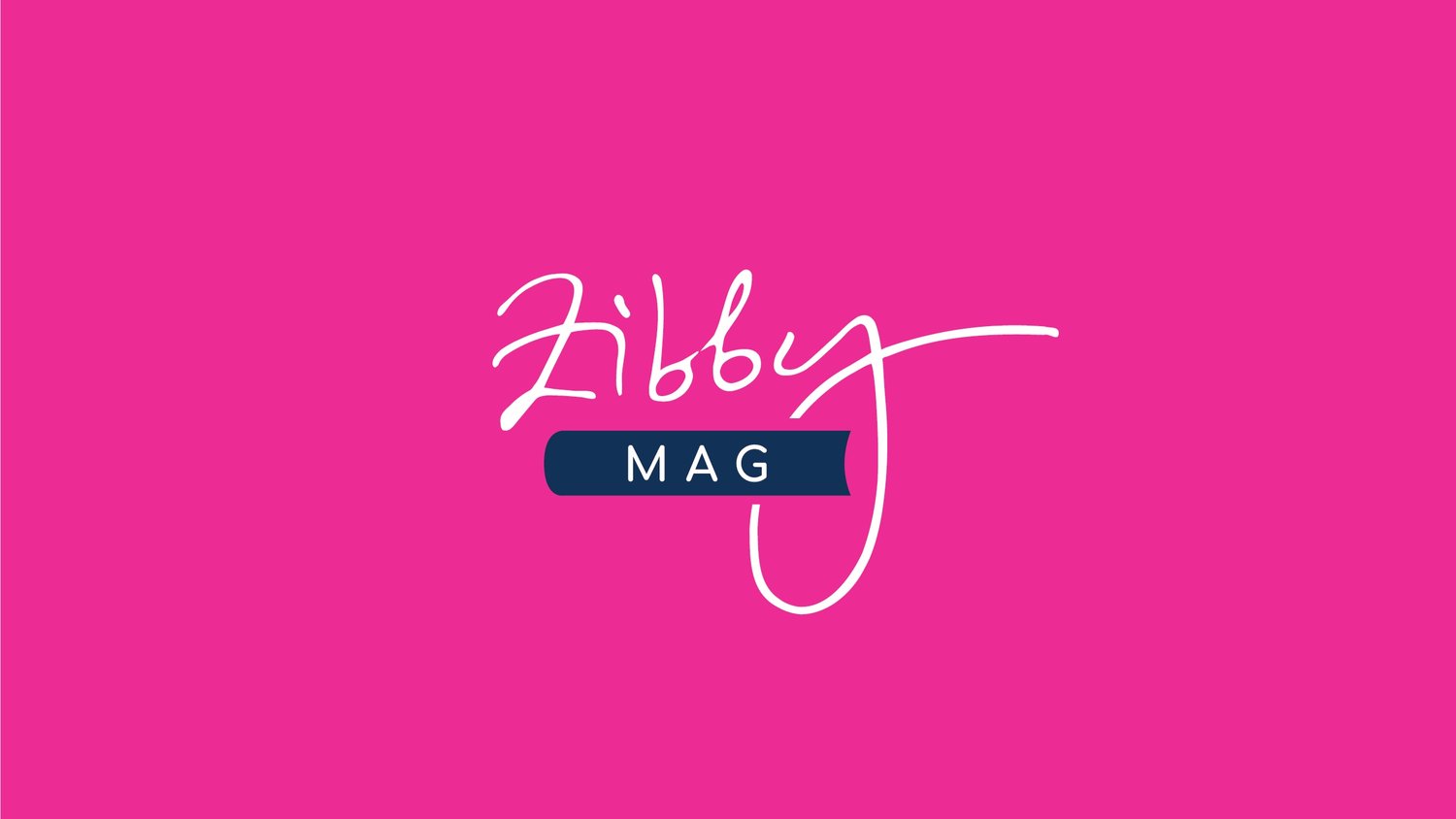Finding a Voice Through the Hawaiian Tradition of Hula
By Jessica Bloomfield
In hula, the sacred Hawaiian dance, and mele hula (chanting), women wear brightly colored skirts and tops and bare feet, swaying to the ukulele, gesturing to the sky, staying rooted to the ground. The dances were originally performed for the kings and queens of Hawai’i. The dance dramatizes the words of the mele (song), which are used to communicate with the gods. The tradition of hula tells the story of the creation of the earth and the Hawaiian people, of their histories and ongoing traditions and stories, connecting the people to their ancestors, giving them a voice.
When the white missionaries and businessmen arrived in Hawai’i in the 1800s, a cultural purge began. The Hawaiian language was phased out and discouraged, and missionaries planted kiawe trees with spiky, gnarled branches that would painfully stick into bare feet and therefore punish the Hawaiians for not wearing shoes. Hula was outlawed because it was seen as too sexual and immoral. The sacred dance of the Hawaiian people soon became nearly extinct, along with the stories they told. A century later, the Hawaiians had a cultural reckoning and began to speak their language, share their stories, and dance their sacred hula once again.
For many outsiders, they associate the tourist-laden luaus with women in grass skirts and coconut bras. But a deep dive into the culture shows so much more than this. Hawaiians are full of pride for their traditions, language, stories, and beliefs. And it is within this deeply rich world that my daughter has found meaning.
My seven-year-old daughter’s name is Hokulani, Hawaiian for “heavenly star.” The words of Hawaiian chants come so clearly and naturally from her. E hō mai, E hō mai, meaning grant us knowledge from above. The energy pours from her—it flows like a river, one word blending into the next. She has vibrato and crispness as she enunciates each word.
Having a daughter in 2023 can feel like an uphill battle. In some cases, women are still viewed as second-class citizens: our reproductive rights have been seriously jeopardized, and there’s still income disparity between men and women. Never mind the messaging from social media. As a society, we don’t focus enough on helping young women and girls find their voice.
Although women face many of the same limitations in Hawaiian culture, females are encouraged to stand strong and embrace the warrior spirit. They chant and sing and thank the earth for her gifts and knowledge. They know that they have something important to say and contribute to society. These women show strength, their movements tell stories of life through the ages, reifying the spiritual dimension. Hula gives women and girls confidence to take the mana, or energy, from the earth to empower them.
Through Hokulani’s chanting, hula, and her love for the culture, she demonstrates her power and strength. I work hard to insulate her from the messaging of the world where I come from. As a girl growing up in a small New England town in the 80s and 90s, I struggled to feel accepted. I pursued my own goals, but continuously felt like my ambitions were being thwarted. As I got older, I started to finally understand what acceptance meant—something Hokulani is learning much earlier in her life. My own body now tells the story of bearing and nursing children and running miles upon miles, with strong legs from riding horses, calloused hands from hard work, soft arms that wrap around my babies.
In hula, a woman’s body tells a story, as it should. Hokulani’s hands move to the sky to signal the spirit world. Her hips move from side to side to represent her power, the movement of the waves, energy from the earth. She asks the sky for strength. All of the messaging from the outside world fades away and there she is, with something important to say, demanding to be heard.
++
Jessica Bloomfield is originally from New Hampshire, attended Skidmore College, and has lived on Maui for twenty years where she is a life coach, writer, and high school teacher. Bloomfield has a teenage daughter, an eight-year-old daughter, a five-year-old son, a cat named Christine, and a horse named Forest. She loves running, riding her horse, reading a wide variety of books, and is lucky to have found such a large and loving community here in the islands.


